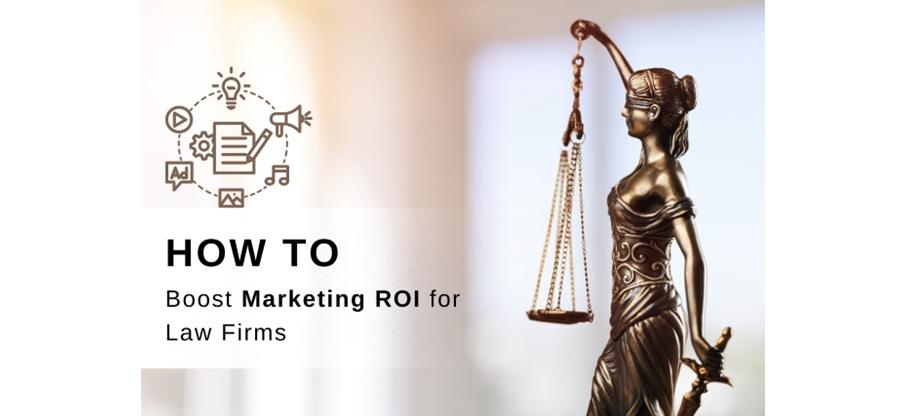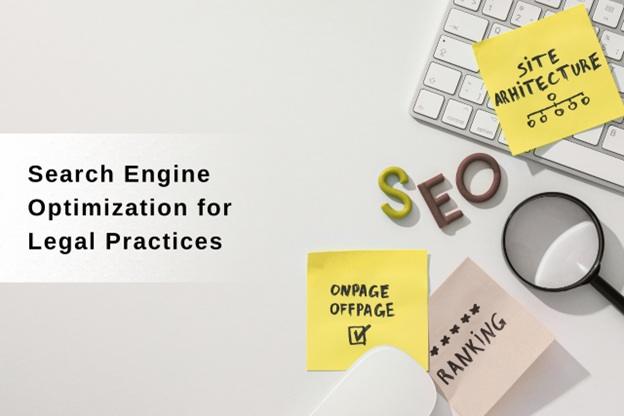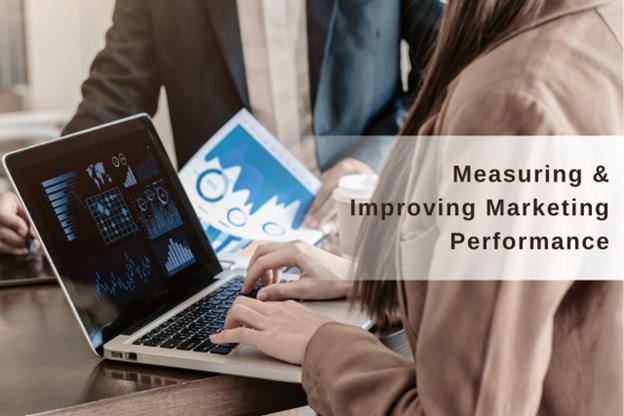
Law firms across the country are wasting money for marketing campaigns that do not deliver results. The harsh reality is that most legal marketing efforts fail because they do not have strategic focus, measurable goals and systematic optimization. Let’s explore how you can create a marketing machine that creates consistently specialized drivers and turns them into profitable customers.
The Foundation: What does legal marketing really mean?
ROI Marketing for law firms is not just about marketing -divided revenue. Legal services include complex sales cycles, emotional decision -making and long -term relationships with customers that require sophisticated measurement approaches.
The most successful law firms are monitoring multiple measurements to get a complete picture of marketing performance. They are watching how much it costs to acquire every lead, what percentage of drivers are paid customers and how many revenue each customer is generating over time. This comprehensive approach reveals which marketing channels really drive business growth.
Customer acquisition costs vary dramatically in practice. Migration and family law practices usually spend less per customer than intellectual property corporations. The key is to understand your specific numbers and optimize your strategy accordingly.
Content marketing leading the results
Content marketing offers excellent investment yield (ROI), because quality content continues to attract customers long after publishing. The most effective legal content faces specific customer problems with solutions that can be activated. Here are some examples of high -conversion content types for law firms:
- Frequently questions This Answer of Common Customer Questions About Your Practice Areas
- Step by step guides prospects on foot through legal procedures
- CASE showing how you helped similar customers
- Video testimonies by satisfied customers sharing their experiences
- Control lists and standards that provide immediate value to potential customers
- Local News Analysis that places you as a Community Authority
- “What to expect” articles which reduce stress for legal procedures.
Video content performs extremely good for law firms because it creates personal connections to potential customers. Simple videos of smartphone that answer common questions often produce more drivers than exact traditional advertising campaigns.

Search Engine Optimization for Legal Practices
SEO represents the foundation of sustainable legal marketing. When potential customers are looking for legal services, you want your business to appear on top of the results. This requires both technical optimization and strategic content creation.
- Local Seo It is vital to law firms, as most customers prefer to work with nearby lawyers. Optimize your Google business profile, encourage customer reviews and make sure your business information remains consistent in all online directories.
- Key reveals which possible customers are really looking for. Focus on long-tailing keywords indicating high market intent, such as “divorce lawyer in the city center of Chicago” or “DUI lawyer near the court”. These specific terms attract people who are actively seeking legal assistance and not occasional browsers.
- SEO technique Elements such as space speed, mobile optimization and SSL certificates. Google prioritizes rapid loading, secure websites that work well on smartphones. Many law firms lose potential customers simply because their websites need a lot of time to load or not appear properly on mobile devices.
In evaluating investment in digital marketing, SEO lawyer expenses It should be regarded as long -term investment and not as expenses. While paid advertising stops producing results when you stop paying, SEO improvements continue to provide value for years.
Advertising pay-per-click that converts
PPC advertising offers immediate visibility and precise targeting options. Google ads, Facebook ads and LinkedIn campaigns can quickly create specialized drivers when they are properly shaped.
The advertisement copy must speak directly to the client’s pain points. “Hurt in an accident? Get the compensation you deserve” performs better than the “experienced lawyer of personal injuries” because it is linked to the reader’s immediate concerns.
In addition, create special pages for each campaign that matches the advertising message and make it easier for visitors to contact your business. Include clear calls for action, trust signals such as testimonies and contact forms that seek little information.
Create strategic reference networks
Although electronic investigation is more important in a lawyer’s searches, with 43% of customers using search engines and 46% browser platforms to find a law firm, according to this investigationReferences remain important. The same study found that it was part of the research process for 43% of respondents.
Create professional referral networks by regularly contacting other lawyers, accountants, real estate agents and professionals who serve your target market. Send practice updates, share relevant articles and offer to talk to industry events.
Create Customer Reference Programs that make it easier for satisfied customers to suggest your services. Some businesses offer referral bonuses, while others send thanks to customers who make references. Community participation through local business organizations and non -profit councils creates relationships that create references over time.
Email marketing to maintain and develop customers
Email marketing may deliver excellent investment yield (ROI), but you need to invest some effort to ensure that you provide value rather than just promoting services. The content of the newsletter should mix legal updates, case studies and useful tips. A tax lawyer may share design strategies at the end of the year, while a family lawyer could provide alarm resources. This approach maintains your firm top when readers need legal assistance.
Segmenting significantly improves e -mail performance. Send different messages to current customers, previous customers and prospects. Current customers may receive cases and legal reminders, while prospects receive educational content and service information.
Social media strategy that creates power
When it comes to social media, LinkedIn works very well for business -focused practice, while Facebook and Instagram can be effective for the services facing consumers. But to use them effectively, you need to have a strategy.
To begin with, develop a content plan and a calendar to ensure that you consistently publish. Here are some types of content that you might want to include:
- Legal Tips Videos that explain complex concepts in simple terms
- Content behind the scene This is humanizing your business
- Customer Success Stories presenting your results (with permission)
- Industry news comment that proves your experience
- Community participation This shows local participation
- Team headlights that create personal connections
- Infographics educational that simplify legal procedures.
Finally, social media works better as a conversation and not as a broadcast platform. Answer comments and participate in discussions in the industry to build relationships.

Measurement and improvement of marketing performance
Tracking systems provide the data required to optimize the marketing investment. Without proper measurement, you fly blindly and waste money on ineffective campaigns.
The monthly analysis of these measurements reveals which strategies are operating and which need adjustment:
- Cost per lead By each marketing channel
- Customer Men Custom Conversion Percentages by source
- Average customer price in practice areas
- Marketing showing how customers find you
- Converting Prices For different pages
- Monitoring phone calls by marketing campaigns
Set the conversion monitoring for all marketing channels to understand which activities lead the actual customer questions.
Technology and Automation Solutions
The correct stack of technology converts time -consuming marketing duties into effective, measurable systems that produce consistent results. Modern law firms need different types of tools to maximize marketing roi:
- Google Analytics For integrated site performance monitoring
- Call tracking software Like Callrail for phone performance
- CRM systems such as hubspot or salesforce for managing drivers and customers
- Email marketing platforms Such as MailChimp for newsletters and automation
- SEO tools such as semrush or ahrefs for development SEO strategies for law firms and monitoring their performance
- Live chat software, such as intercom, for real -time visitors commitment
- Internet programming tools Such as lists of consultation reservations
- Destination Page Manufacturers Like Unb point for campaign -related pages.
These tools are essential for the application of effective SEO strategies for law firms, helping you identify opportunities and keep track of progress over time. Choose platforms that integrate each other to prevent data silo and create a complete display of marketing performance.
Conclusion
Start to improve marketing investment today by applying these three critical steps:
- Adjust proper monitoring for all marketing channels to understand which activities they create real customers.
- Create a content calendar that is aimed at specific problems of your customers and consistently publish.
- About your budget on multiple channels instead of relying on a single marketing approach.
Focus on SEO and Content Marketing as your foundation, and then add advertising and reference programs based on performance data. Try everything, measure the results monthly and double what works while eliminating what doesn’t. This systematic approach will turn marketing from a cost center into a profit guide that consistently delivers customers to your business.

